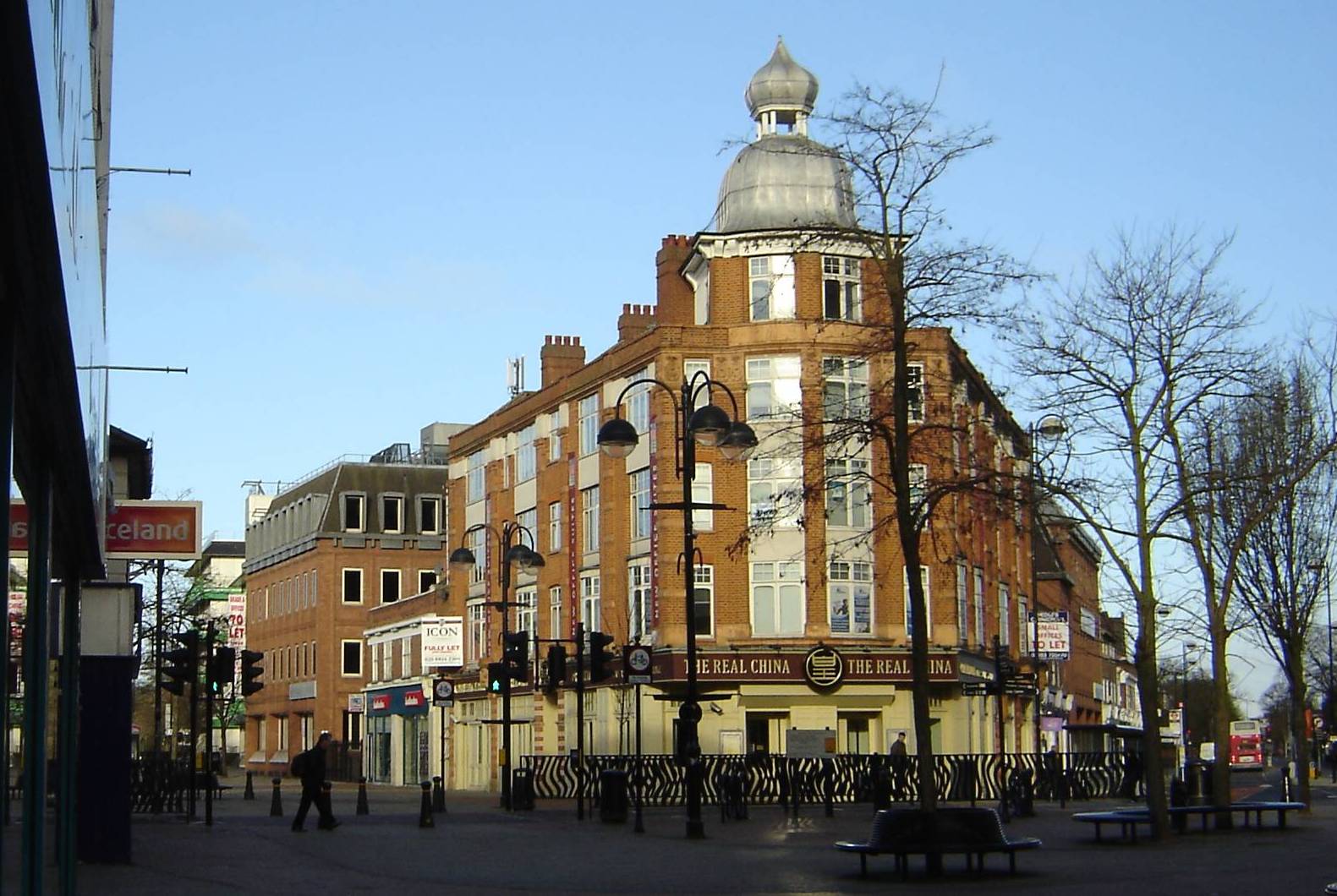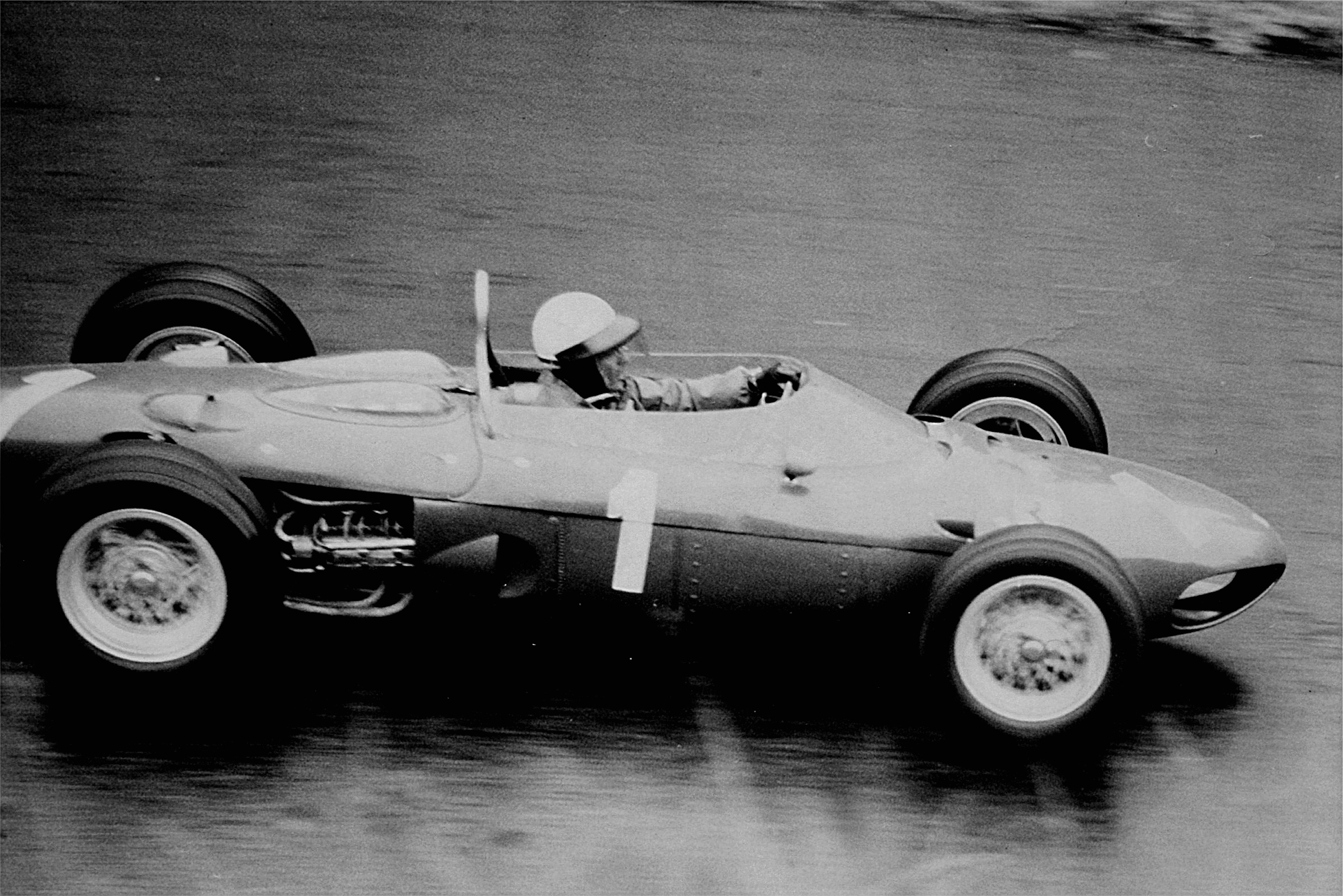|
Reg Parnell Racing
Reg Parnell Racing was a privateer Formula One team during the 1950s and 1960s. The team was founded by ex-Formula One driver Reg Parnell after he retired from racing. It raced as Yeoman Credit Racing in 1961 and as the Bowmaker Racing Team in 1962. The team's best results were a pair of second places in the British Grand Prix and the German Grand Prix of . John Surtees also took pole for the team at the 1962 Dutch Grand Prix. Formula One World Championship results ( key) (Results in bold indicate pole position; results in ''italics'' indicate fastest lap; † indicates shared drive.) ‡ At the 1964 Austrian Grand Prix Amon used a car borrowed from Team Lotus with Climax Climax may refer to: Language arts * Climax (narrative), the point of highest tension in a narrative work * Climax (rhetoric), a figure of speech that lists items in order of importance Biology * Climax community, a biological community th ... V8 engine. References {{reflist Formula One entr ... [...More Info...] [...Related Items...] OR: [Wikipedia] [Google] [Baidu] |
Hounslow
Hounslow ( ) is a large suburban district of West London, England, west-southwest of Charing Cross. It is the administrative centre of the London Borough of Hounslow, and is identified in the London Plan as one of the 14 metropolitan centres in Greater London. It is bounded by Isleworth to the east, Twickenham to its south, Feltham to its west and Southall to its north. The Hounslow post town covers the TW postcode area, TW3, TW4, TW5 and TW6 postcodes. Most of the post town is in the London Borough of Hounslow, but parts fall within the London Borough of Richmond upon Thames and the London Borough of Hillingdon, notably including Heathrow Airport. History Etymology In old records, Hounslow is spelt 'Hundeslow' which points to the Anglo-Saxon phrase Hundes hlāw''', translating to 'the Hound's barrow' or more accurately 'the barrow of a man named or nicknamed Hound'. Hounslow Town Hounslow was centred around the Holy Trinity Priory founded in 1211. The priory de ... [...More Info...] [...Related Items...] OR: [Wikipedia] [Google] [Baidu] |
1959 British Grand Prix
The 1959 British Grand Prix was a Formula One motor race held at the Aintree Circuit on 18 July 1959. It was race 5 of 9 in the 1959 World Championship of Drivers and race 4 of 8 in the 1959 International Cup for Formula One Manufacturers. It was the 14th British Grand Prix and the third to be held at the Aintree Motor Racing Circuit, a circuit mapped out in the grounds of the Aintree Racecourse horse racing venue. The race was held over 75 laps of the four kilometre circuit for a race distance of 362 kilometres. The race was won by Australian Jack Brabham taking his second Grand Prix victory in a works Cooper T51. Brabham dominated the race, leading all 75 laps to win by 22 seconds over British driver Stirling Moss driving a British Racing Partnership entered BRM P25. It was the first time a BRP entry finished in the top three. Brabham's Cooper Car Company teammate, New Zealander Bruce McLaren finished in third place, just 0.2 seconds behind Moss, having lost second place lat ... [...More Info...] [...Related Items...] OR: [Wikipedia] [Google] [Baidu] |
Straight-4
A straight-four engine (also referred to as an inline-four engine) is a four-cylinder piston engine where cylinders are arranged in a line along a common crankshaft. The majority of automotive four-cylinder engines use a straight-four layout (with the exceptions of the flat-four engines produced by Subaru and Porsche) and the layout is also very common in motorcycles and other machinery. Therefore the term "four-cylinder engine" is usually synonymous with straight-four engines. When a straight-four engine is installed at an inclined angle (instead of with the cylinders oriented vertically), it is sometimes called a slant-four. Between 2005 and 2008, the proportion of new vehicles sold in the United States with four-cylinder engines rose from 30% to 47%. By the 2020 model year, the share for light-duty vehicles had risen to 59%. Design A four-stroke straight-four engine always has a cylinder on its power stroke, unlike engines with fewer cylinders where there is no power st ... [...More Info...] [...Related Items...] OR: [Wikipedia] [Google] [Baidu] |
Coventry Climax
Coventry Climax was a British manufacturer of forklift trucks, fire pumps, racing engines, and other speciality engines. History Pre WWI The company was started in 1903 as Lee Stroyer, a joint venture by Jens Stroyer and Pelham Lee. In 1905, following the departure of Stroyer, it was relocated to Paynes Lane, Coventry, and renamed as Coventry Simplex by Horace Pelham Lee, a former Daimler employee, who saw an opportunity in the nascent internal combustion engine market. An early user was GWK, who produced over 1,000 light cars with Coventry-Simplex two-cylinder engines between 1911 and 1915. Just before the First World War, a Coventry-Simplex engine was used by Lionel Martin to power the first Aston Martin car. Ernest Shackleton selected Coventry-Simplex to power the tractors that were to be used in his Imperial Trans-Antarctic Expedition of 1914. Hundreds of Coventry-Simplex engines were manufactured during the First World War to be used in generator sets for se ... [...More Info...] [...Related Items...] OR: [Wikipedia] [Google] [Baidu] |
Cooper T51
The Cooper T51 was a Formula One and Formula Two racing car designed by Owen Maddock and built by the Cooper Car Company for the 1959 Formula One season. The T51 earned a significant place in motor racing history when Jack Brabham drove the car to become the first driver to win the World Championship of Drivers with an engine mounted behind them, in 1959. The T51 was raced in several configurations by various entrants until 1963 and in all no less than 38 drivers were entered to drive T51s in Grand Prix races. The chassis Aesthetically and aerodynamically, the T51 was a natural development of the Cooper T43, T43 and Cooper T45, T45 that had given Cooper their first two wins. The Coopers continued their practice of building spaceframe chassis that ignored orthodox design thinking in having several curved links and the Rear mid-engine, rear-wheel-drive layout, mid-engine layout meant weight savings and aerodynamic advantages over front-engined cars, which typically had separate g ... [...More Info...] [...Related Items...] OR: [Wikipedia] [Google] [Baidu] |
Cooper T45
The Cooper T45 was an Open-wheel car, open-wheel formula racing car, developed and built by the Cooper Car Company in 1958, and designed by Owen Maddock. It competed in Formula 2 racing as well as in Formula One racing, where it won one World Championship Grand Prix, the 1958 Monaco Grand Prix, being driven by Maurice Trintignant. Development history and technology The Cooper T45 was the successor to the Cooper T43. The chassis remained almost unchanged, but the wheel suspension was revised. The engine was lowered. Until 1959 the cars had drum brakes, which were then replaced by disc brakes. Racing history For the Formula 1 version, Climax developed a 2.2-litre engine. Since this engine was exclusively available to the works team, Rob Walker had to resort to the 2-litre engine, which had less power. In 1958, Frenchman Maurice Trintignant surprisingly won the Monaco Grand Prix with the Walker 2-litre T45. However, the car lacked power on the fast stretches. Especially against the ... [...More Info...] [...Related Items...] OR: [Wikipedia] [Google] [Baidu] |
1962 Dutch Grand Prix
The 1962 Dutch Grand Prix was the eleventh time the Dutch Grand Prix (or Grote Prijs van Nederland) motor race was held. The race also held the honorary designation of the 22nd European Grand Prix. It was run to Formula One regulations on 20 May 1962 as race 1 of 9 in both the 1962 World Championship of Drivers and the 1962 International Cup for Formula One Manufacturers. It was held over 80 laps of the compact 2.6 mile Circuit Park Zandvoort for a race distance of just over 200 miles. The race was won by British driver Graham Hill driving a BRM P57. It was the first Grand Prix victory for the future dual-World Champion and the second time a BRM driver had won the race after Jo Bonnier in 1959. Hill finished over 27 seconds ahead of Team Lotus driver Trevor Taylor driving a Lotus 24. The reigning World Champion, Ferrari's Phil Hill (Ferrari 156) placed third. The race indicated the season to come as the long-maligned British Racing Motors organisation was on their way to t ... [...More Info...] [...Related Items...] OR: [Wikipedia] [Google] [Baidu] |
1962 German Grand Prix
The 1962 German Grand Prix was a Formula One motor race held at the Nürburgring on 5 August 1962. It was race 6 of 9 in both the 1962 World Championship of Drivers and the 1962 International Cup for Formula One Manufacturers. The 15-lap race was won by BRM driver Graham Hill after he started from second position. John Surtees finished second for the Lola team and Porsche driver Dan Gurney came in third. The race was notable for having six different constructors taking the first six positions. Race After a heavy midday downpour, the race was delayed by over an hour as streams of water and mud covered parts of the track. It never dried fully, and the race was run in wet conditions. Blunsden, p. 32 Graham Hill drove masterfully in the wet conditions, followed by John Surtees who was gradually proving himself a great driver. He reached third position in the championship with this race, but was not to score any more points in 1962. Dan Gurney's Porsche had less than impressive ... [...More Info...] [...Related Items...] OR: [Wikipedia] [Google] [Baidu] |
1962 British Grand Prix
The 1962 British Grand Prix was a Formula One motor race held at Aintree on 21 July 1962. It was race 5 of 9 in both the 1962 World Championship of Drivers and the 1962 International Cup for Formula One Manufacturers. This was the last race at Aintree. From 1963 onwards, the race would be held at Silverstone or Brands Hatch. Scotsman Jim Clark dominated the race, driving a Lotus 25. It was considered a power track, benefitting the light and powerful Lotus and Lola cars in particular. Ferrari were still sidelined due to the Italian metal workers' strike but managed to send one car for Phil Hill. Race It was not a particularly exciting race, with Clark leading from start to finish and fairly large gaps between the cars. Out of the twentyone starters, six still had four-cylinder engines while the rest were multi-cylinder cars. These cars were in a sort of class of their own, with Jackie Lewis finishing best of the four-cylinder cars. Blunsden, p. 32 John Surtees' Lola started an ... [...More Info...] [...Related Items...] OR: [Wikipedia] [Google] [Baidu] |
Bowmaker Racing Team
Yeoman Credit Racing was a name used by two different Formula One motor racing teams in the early-1960s: the British Racing Partnership (1960); and Reg Parnell Racing (1961–62). The name was derived from commercial sponsorship arrangements, the first time that a Formula One racing team had changed their name in deference to sponsorship. Brief history The first team to benefit from this commercial relationship was the ''British Racing Partnership'', run by Ken Gregory and Alfred Moss, who were sponsored by ''Yeoman Credit Ltd.'' from August 1959. Yeoman Credit was a finance company founded by Joseph Samengo-Turner in the mid-1950s. By 1959/60 the company was being run by Joseph's sons Paul, William and Fabian. With an expanding business in financing retail motor sales, the Samengo-Turner brothers were looking at new ways of advertising Yeoman Credit. This led to a meeting with Ken Gregory of the British Racing Partnership, which resulted in the formation of the first fully spons ... [...More Info...] [...Related Items...] OR: [Wikipedia] [Google] [Baidu] |





